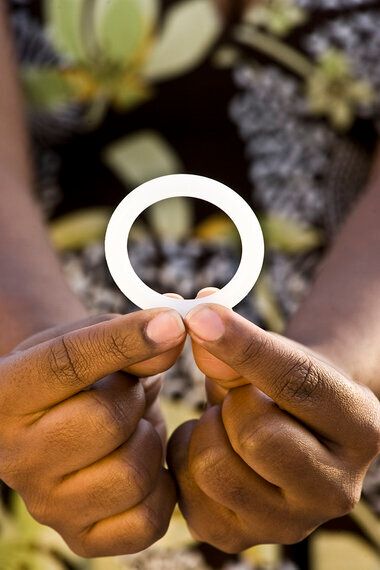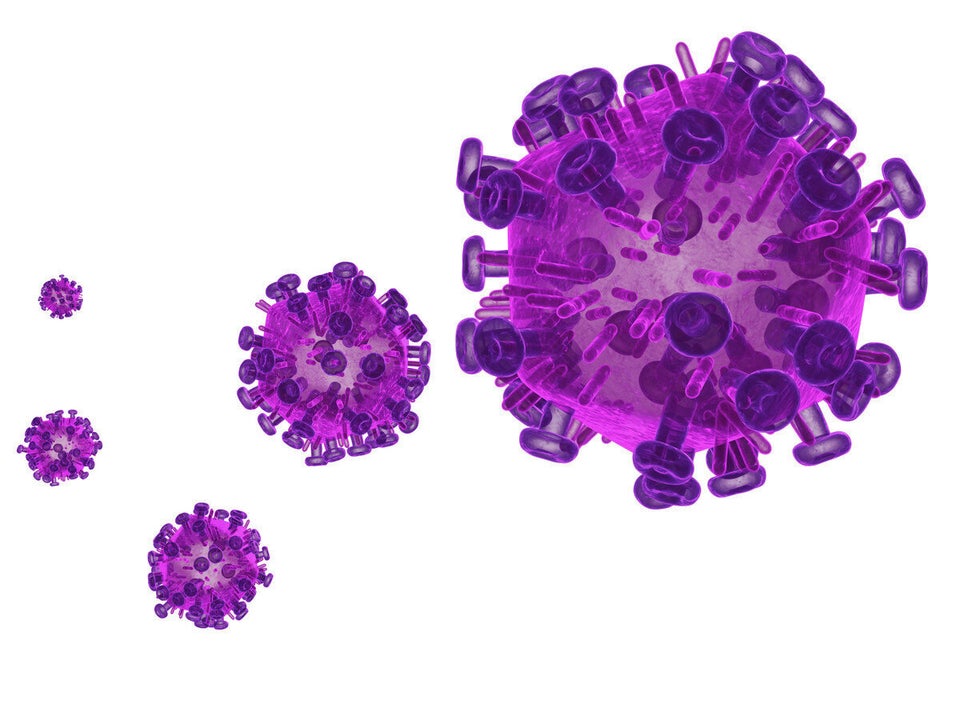
by Dr. Zeda F. Rosenberg
As we consider how to reach the end of HIV/AIDS, we must recognize that doing so will require giving women new ways to protect themselves against the virus.
Women are especially vulnerable to HIV because a combination of biology and gender inequities renders them more susceptible to infection than men. In sub-Saharan Africa, HIV is as at least two times more prevalent in young women ages 15 to 24 than in young men, partly because women lack effective and discreet tools they can use on their own to protect themselves.

As UNAIDS has recently highlighted, current prevention strategies are not decreasing the rate of new HIV infections quickly enough to end the epidemic -- and women and girls are especially at risk. Given recent advances in HIV prevention science, we can, and must, do better. Helping women to stay healthy and HIV-free would not only give them opportunities to thrive, but also promote the sustainable development of communities and societies.

The Promise of the Ring
This World AIDS Day, we have reason to believe that we can help realize that vision. Earlier this year, a long-acting vaginal ring was shown to safely help reduce women's HIV risk in two large Phase III clinical trials. Developed by my organization, the International Partnership for Microbicides, the self-inserted ring slowly releases an antiretroviral (ARV) drug called dapivirine.
The product is currently being used by former Phase III participants in two open-label studies across Africa, which will help us understand how the ring could fit into women's lives in the "real world." We are also pursuing regulatory approval (watch this video for more on the ring and next steps). But no single product will end the HIV epidemic -- the only realistic solution is to offer multiple options that meet women's needs, which change throughout their lives.
That is why investing in a range of new and different HIV prevention technologies is needed to slow the global epidemic -- from the monthly dapivirine ring to daily oral ARV pills known as PrEP and one day, a long-acting injectable drug and a vaccine. Only by slowing the epidemic can we achieve the Sustainable Development Goals (SDGs) -- a universal call to action to build a healthier, more prosperous and peaceful world.
Investing in a Sustainable Future
Here are five key SDGs we could advance by increasing investment in HIV prevention R&D and product roll-out for women:
- SDG 1: End poverty in all its forms everywhere. Households affected by HIV are more vulnerable to poverty. By reducing the number of HIV infections, we can reduce illness-related poverty, keep families strong and grow communities.
- SDG 3: Ensure healthy lives and promote well-being for all at all ages. New HIV prevention technologies would help reduce the burden of HIV/AIDS and improve the health and well-being of women and families.
- SDG 4: Ensure inclusive and equitable quality education and promote lifelong learning opportunities for all. New and practical HIV prevention options would help girls and young women stay in school and improve their chances for employment later.
- SDG 5: Achieve gender equality and empower all women and girls. New female-initiated HIV prevention products are a crucial part of a rights-based toolkit that will empower women and girls to protect their own well-being.
- SDG 6: Promote sustained, inclusive and sustainable economic growth, full and productive employment and decent work for all. New HIV prevention tools for women would lower HIV infection rates, allow healthy women to pursue employment, and help sustain strong and productive workforces.

World AIDS Day is a time to celebrate progress and marshal energy for the challenges we have yet to overcome. Today, we are more committed than ever to a future where women have the options they need to stay healthy, and to a more sustainable and inclusive world for all.
Dr. Zeda Rosenberg is the founding chief executive officer of the International Partnership for Microbicides (IPM), a nonprofit product development partnership established in 2002 to prevent HIV transmission by accelerating the development and availability of safe and effective microbicides for women in developing countries.
This blog is part of the blog series: Barometer Rising: No time to backtrack the fast track to ending HIV as a global health threat by 2030 by the Interagency Coalition on AIDS and Development (ICAD) in recognition of World AIDS Day (1 December). The series features a selection of blogs written by our member and partner organizations. Contributors share their broad range of perspectives and insight on what they think needs to be done to strengthen our HIV prevention efforts at home and abroad in order for the world to meet the ambitious target of ending AIDS as an epidemic by 2030.
Disclaimer: The views and opinions expressed in this blog series are those of the authors and do not necessarily reflect those of ICAD.
Follow HuffPost Canada Blogs on Facebook
Also on HuffPost:
